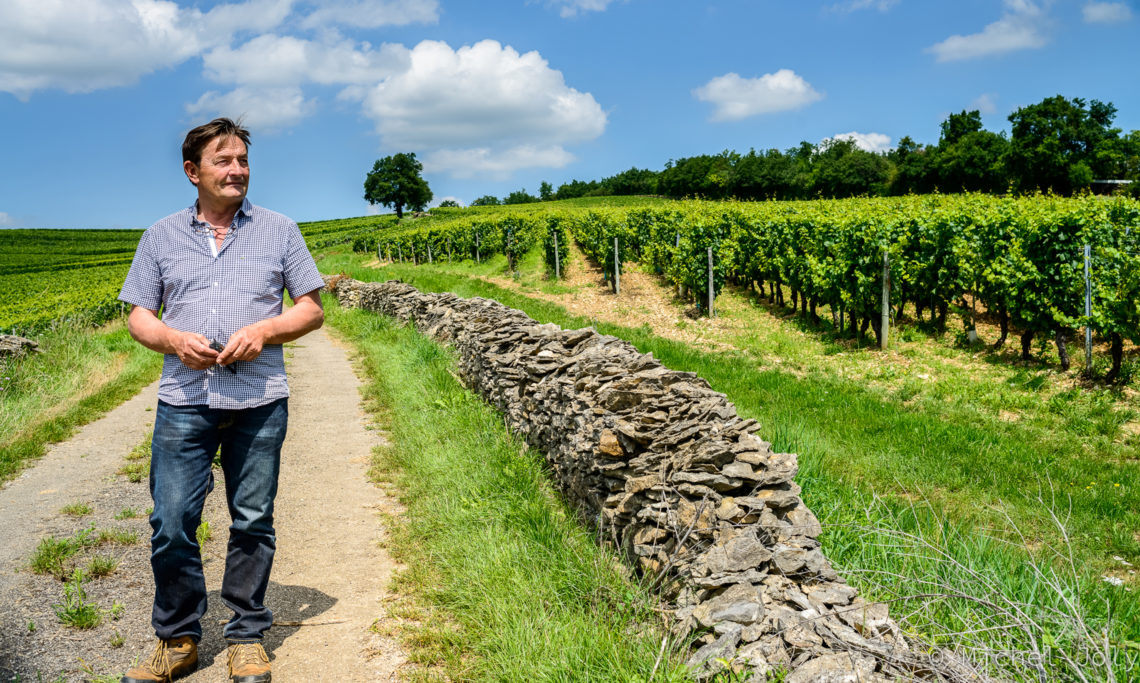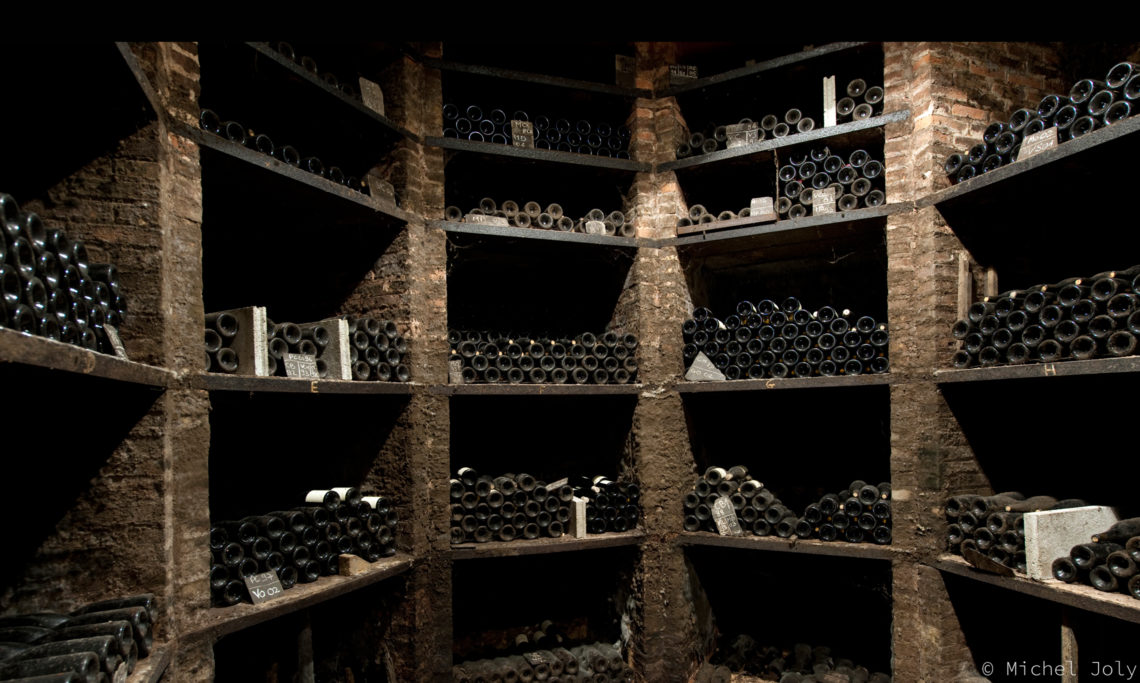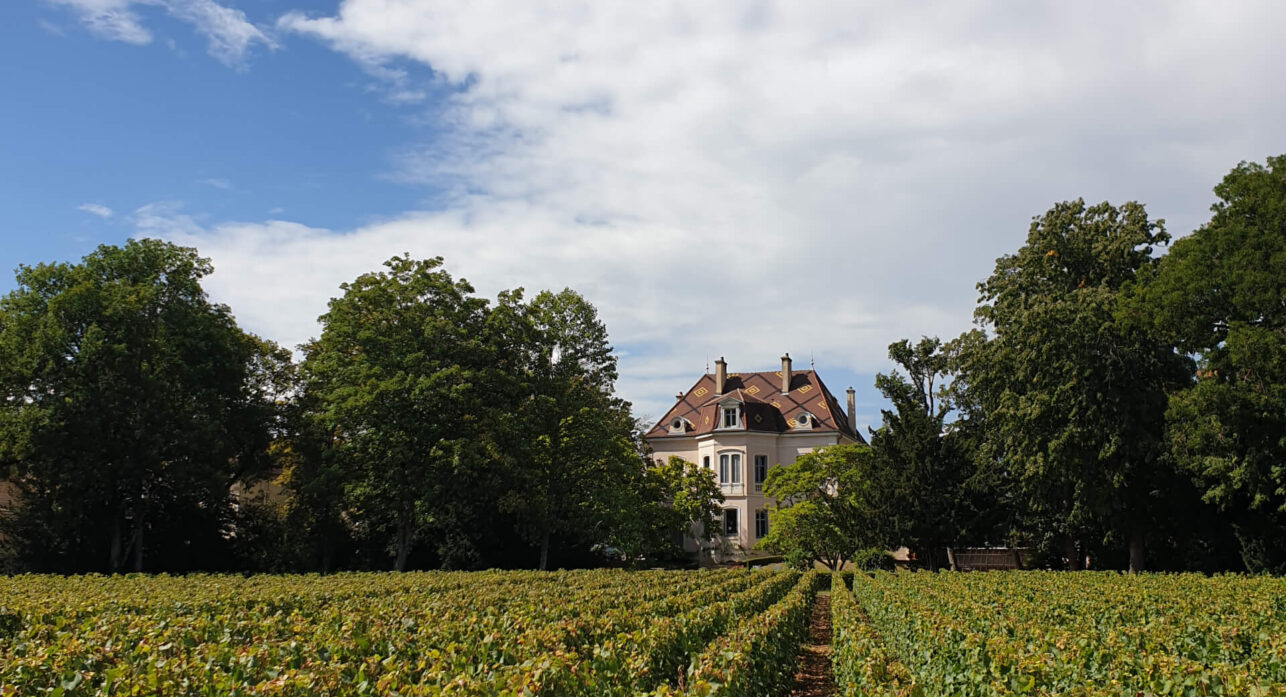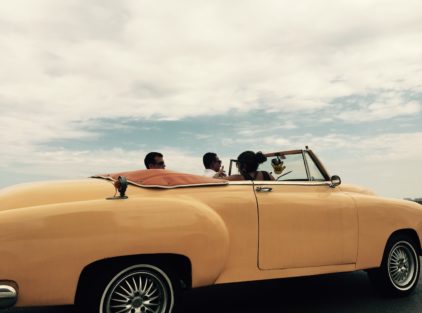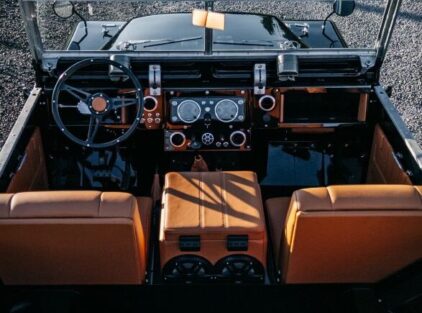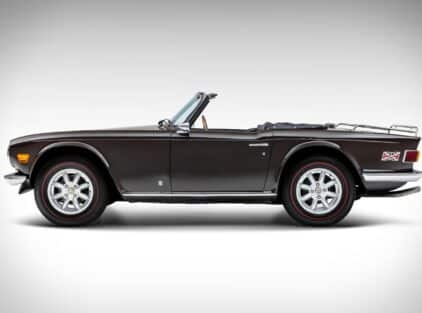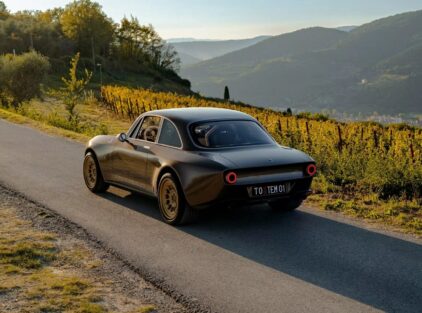By Aris Sklavenitis, Sommelier
The Domaine des Comtes Lafon boasts a 160-year history, dating back to 1865, when it all began with a love story: Jules Lafon met Marie Boch, the daughter of a wealthy family from the Meursault region. Marie’s family owned the Clos de la Barre vineyard, a monopole (a vineyard under single ownership), which is especially significant in Burgundy—a region that is the epitome of terroir and where the fragmentation of vineyards, due to the Napoleonic inheritance laws, makes owning a monopole exceptionally rare and valuable.
Dominique Lafon, the fourth generation, took over the estate in 1985 and transformed it into a legendary winery in Burgundy and beyond—very few producers can truly compare. In 2021, Dominique stepped down, passing the torch to the fifth generation of the Lafon family: his daughter Léa and his nephew Pierre, with the mission to continue the domaine’s remarkable legacy.
The estate’s vineyards are located in the villages of Volnay, Monthélie, Chassagne-Montrachet, and of course, Meursault, covering 14 hectares (140,000 square meters). Since 1992, Dominique has eliminated synthetic products from the vineyard, achieving organic certification in 1995. Today, the vineyards are also biodynamic.
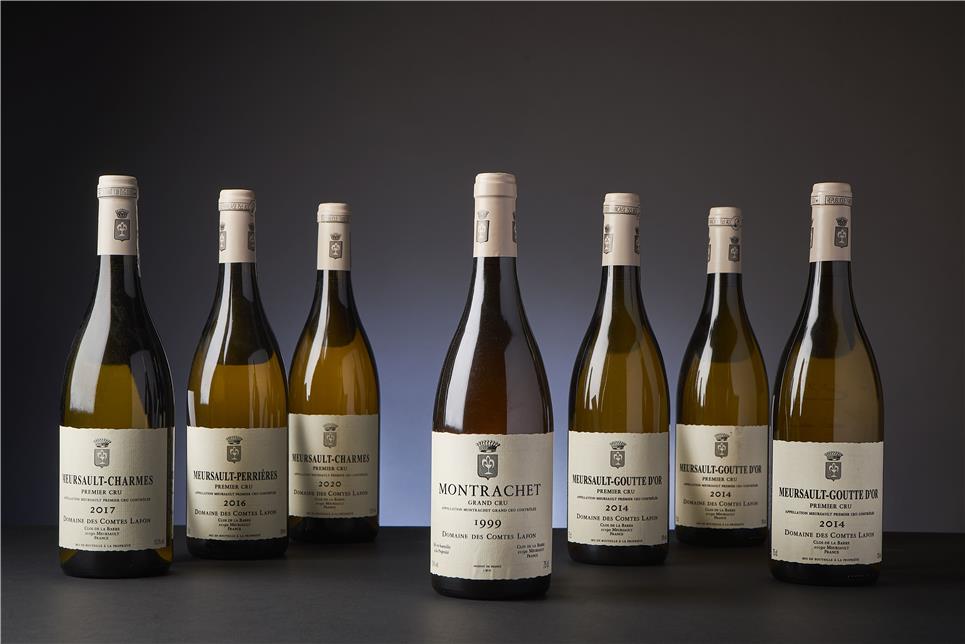
Biodynamic farming, a method that began in the early 20th century with Austrian philosopher Rudolf Steiner, takes a holistic approach, treating the vineyard as a self-sustaining ecosystem. It focuses on prevention rather than intervention, with lunar forces playing a significant role—growers use a biodynamic calendar to determine when to carry out vineyard tasks based on the influence of the moon on the Earth. As eccentric as it may sound, this approach yields exceptional-quality fruit. Of course, yields are 30–35% lower than conventional or even organic farming, and manual harvesting is essential, significantly increasing production costs.
The Clos de la Barre vineyard has an average vine age of 40 years, with some vines planted in 1950 and 1975.
In terms of vinification, there is a gentle pressing of the grapes to extract the best possible must. Only indigenous yeasts are used, and fermentation occurs in oak barrels, where malolactic fermentation also takes place (a process that reduces acidity while adding volume and structure). The wine is then aged for 18 to 20 months in these barrels.
The Clos de la Barre 2017 is still in its infancy—a baby—which is evident from its medium yellow-green hue. Aromatically, it displays a strong mineral character, with notes of wet stone, fresh shellfish, and citrus fruits. The acidity is high, the body is rich with a creamy texture, robust structure, and a long-lasting finish.
This is clearly a wine that can age gracefully for many, many years. It is already delicious now, but you can also cellar it for long-term aging. Pair it with razor clams, grilled scallops, or steamed grouper head.
Score: 19.0/20
20 – Truly exceptional
19 – Top-tier wine
18 – A wine of superior quality with distinctive depth
17 – A wine of superior quality
16 – A high-quality wine with aging potential
15 – A pleasant wine with no faults
